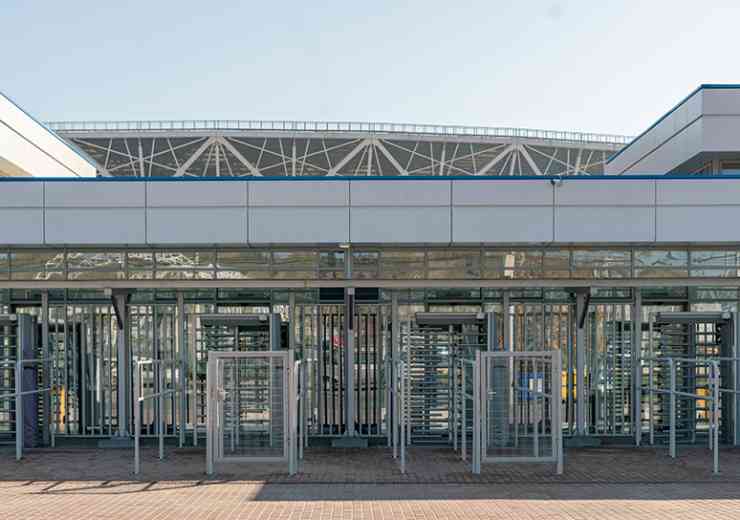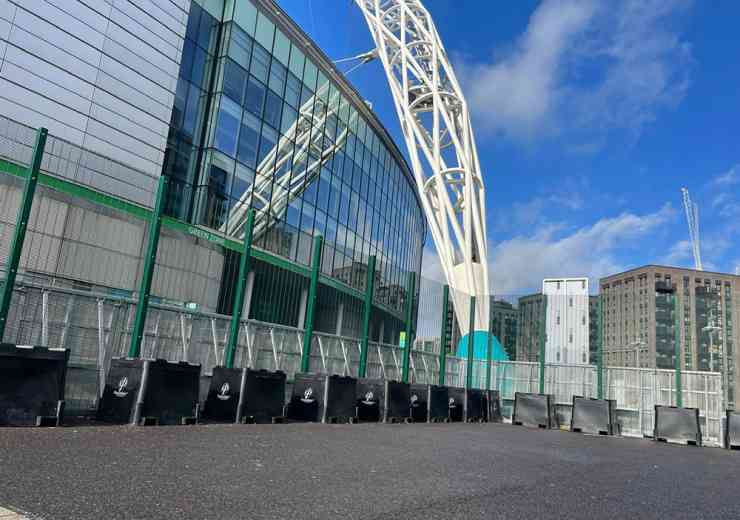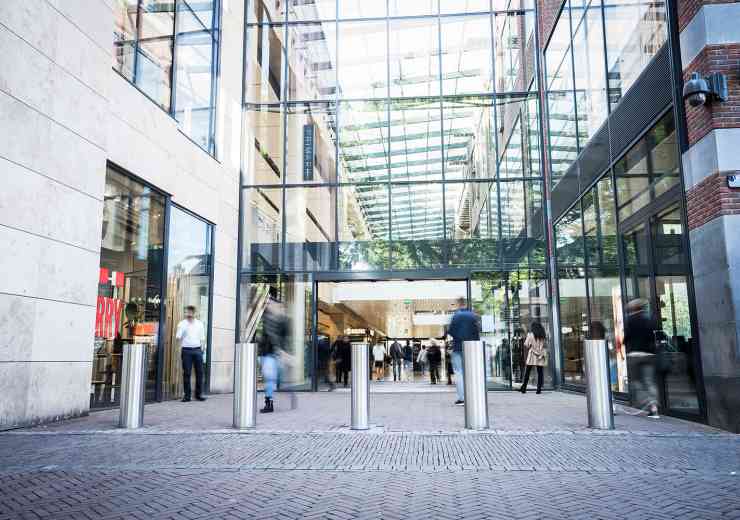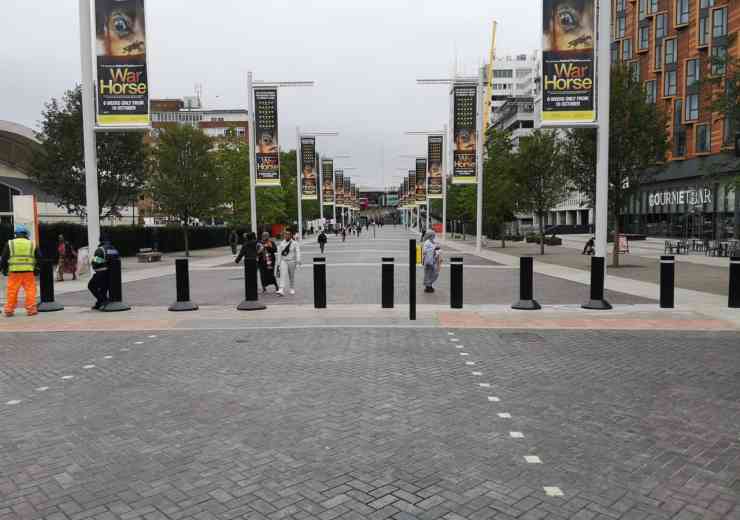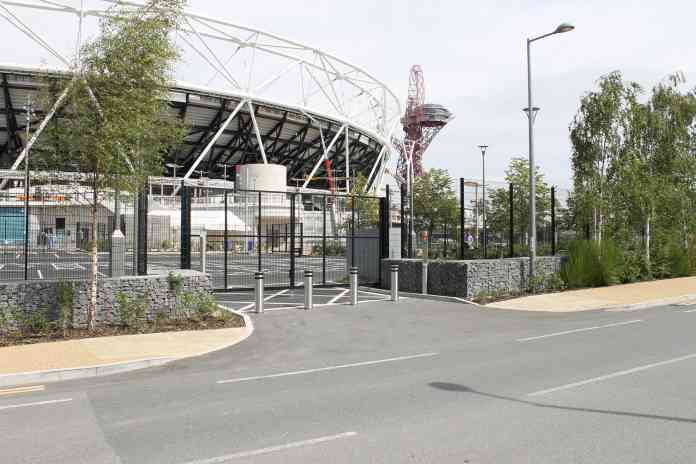
Increasing security against vehicle attacks
On behalf of the Perimeter Security Suppliers Association, Iain Moran, high security consultant at ATG Access, looks at the importance of ensuring the perimeter of the venue or location is secure and protected against targeted vehicle attacks
Cities across the UK and Europe are under increasing pressure to grow tourism and visitor attractions to deliver growth and jobs. According to Visit Britain, the tourism industry in the UK alone is forecasted to grow to £257 billion by the year 2025. Urban spaces are becoming multi-functional and being used to hold a variety of different events such as Christmas Markets, festivals, open air cinema and sporting events to name just a few. Changing the use of critical infrastructure and the public realm forces areas to be more flexible. This flexibility and multi-function challenges physical security to protect people and assets utilising these spaces.
Recent events, such as the Christmas Market attack in Berlin, the attack on one of the main shopping streets in Stockholm and the attack on Bastille Day in France, have highlighted the need for event security to be re-thought in order to keep attendees safe. One of the key focuses for event organisers now centres around ensuring the perimeter of the venue or location is secure and protected against targeted vehicle attacks.
However, deploying perimeter security products, such as concrete blocks or heavy steel barriers, does come with its challenges. Although fit for purpose, these traditional measures can be onerous to install and are not pedestrian or cyclist friendly. Barriers usually require the help of multiple, heavy transporting vehicles to install. What’s more, road closures often need to be enforced earlier than necessary due to logistical difficulties and the need for cranes to be brought in to put the road blocks into position.
These difficulties can cause huge disruption, perhaps to areas that are normally used for normal daily activities. For instance, a temporary event like a street carnival or a marathon may require busy roads to be completely closed down the day before the event actually takes place, which could mean commuters have to find alternative routes and businesses have to bear the disruption longer than perhaps intended before and after the event.
With this in mind, we look at some of the key considerations that event organisers and public realm managers must take into account to make sure the area is secure, while keeping disruption to the area to a minimum.
Does the event need permanent or temporary security?
The frequency of the event is an important factor to think about when selecting the types of physical security that need to be put in place. The area, and what it is usually used for, will also play a big role in this decision. For instance, events taking place in dedicated arenas or stadiums will require permanent security solutions because activities tend to take place all of the time, perhaps even on a daily basis. The continuous congregation of thousands of people increases the level of risk to the location High security measures need to be in place to protect against any potential threats on a permanent basis.
But this level of security will not be needed for events that only happen in areas on a truly temporary basis, say for example on a main road, or at a town square. Think about Christmas markets, which many towns host over the festive period. These only happen once a year, and usually take place in the town or city centre. When events aren’t taking place these areas are considered as low risk. However, when an event is taking place, this risk increases considerably due to the amount of people gathering in one concentrated area.
With infrequent or annual events, installing permanent security measures is not really necessary – solutions just need to be put in place for the specific length of time the event takes place. This could include surface mounted barriers or bollards that don’t need bolting down, so they can be quickly deployed and removed easily after the event without causing damage to the ground. There are some impact-tested surface mounted barriers available that can be installed by four men to block off a 10 meter road in under 40 minutes.
Minimising disruption
There are a whole host of barriers and bollards available that are effective at blocking off roads, preventing vehicle access or controlling restricted access into a venue. To minimise operational disruption to an area, such as lowering the time needed to install solutions or prevent surface damage caused by fixing solutions to the ground, those in charge of security need to consider which bollards or barriers will be most suitable. To select the best solutions, it’s important to think about what type of event is being secured, and how accessible the roads are around the venue – are the roads really wide and open and will they need a higher level of security, for instance?
For areas that don’t play host to events often, a temporary solution could be rented rather than bought – this would be a cheaper alternative to purchasing barriers or bollards, particularly if the intention is only to use them as one-off solutions or annually. Solutions could also be rented or owned and stored away in situations where bollards or barriers are needed on a semi-permanent basis (where events may happen more regularly in an area, but still not on a continuous basis). Additional measures could be put into place to ensure that regular deployment of this type of kit would make it very easy and straightforward for products to be deployed when needed, and would limit road closures and disruptions.
There has been a major focus on event security in recent months and it’s important that extra measures are being taken to ensure all employees and event guests are safe and protected. Securing the location’s surroundings is an effective method of preventing targeted attacks or incidents from happening and should be a priority during preparations ahead of an event. But it’s important to remember that perimeter security is not a one-size-fits-all solution – ultimately, its up to event organisers and security personnel to ensure they have the most suitable, robust barriers and bollards in place but that disruption to the area is also kept to a minimum and areas don’t become a fortress.



